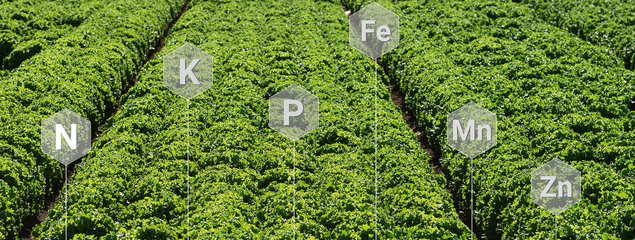
Improve Plant Nutrition
Fertilizer Guidelines for Vegetable Crops in Arizona
Crop Fertilizer Guidelines (3)
Endive and Escarole (3.7)
Endive and escarole are other leafy vegetables shipped from the Lower Colorado River Region (Figure 3-7-1). Demand for these products is lower than for all types of lettuce, and typically orders are only for a few boxes that are shipped with larger loads of other leafy vegetables. For these reasons, these two crops are usually grown adjacent to each other in the same management block.
Data we have collected show these crops respond to nitrogen (N) fertilizer similarly to lettuce (Figure 3-7-2). The total above ground plant accumulation of N by endive and escarole is typically less than 120 lbs of N/acre, and the amounts removed at harvest are typically less than 90 lbs of N/acre (Table 3-7-1). The N uptake through thinning and cultivation is less than 10 lbs/acre, but some early season N may be required if pre-plant soil test nitrate-N is less than 10 ppm and pre-plant MAP application rates are less than 200 lbs/acre (Section 2.1). Between 10-40 lbs of N/acre can be applied through pre-plant broadcast or by sprinkler fertigation for the period spanning germination and emergence.
The main seasonal N fertilizer application is made immediately after thinning and during cultivation operations. Current guidelines call for side-dress N fertilization when soil nitrate-N test levels are less than 30 ppm. The required application rate depends on the difference between the minimum required threshold of 30 ppm and the soil test level. Approximately 4 lbs of N/acre needs to be added to increase the soil test nitrate-N by 1 ppm. Late season N as a furrow water run might be applied if soil test nitrate-N levels are less than 20 ppm.
Data show that escarole may require slightly more phosphorus (P) fertilizer than endive (84, 85). However, because these crops are grown in the same production unit, we make the same P fertilizer recommendation for both (Table 3-7-2). Band or strip applications of P allows for reducing P rates by 25-35% compared to broadcast fertilization.
Like most other crops in Arizona, endive and escarole have not shown yield responses to potassium (K) fertilizers in Arizona. However, AA soil test levels should be occasionally monitored to ensure K levels are above 150 ppm. Occasional tissue testing can also be used to monitor K nutritional status; levels consistently below 4.5% would be of concern (Section 4.3).
The only other fertilizer that may occasionally be needed for endive and escarole production in Arizona is zinc (Zn). The Zn fertilizer guidelines, which were developed based on DTPA soil tests, are summarized in Section 2.5 and are applicable to all vegetable crops grown in the region. Tissue analysis can also be used to monitor plant Zn levels (see Section 4.3) where leaf tissue concentrations greater than 30 ppm are considered sufficient.
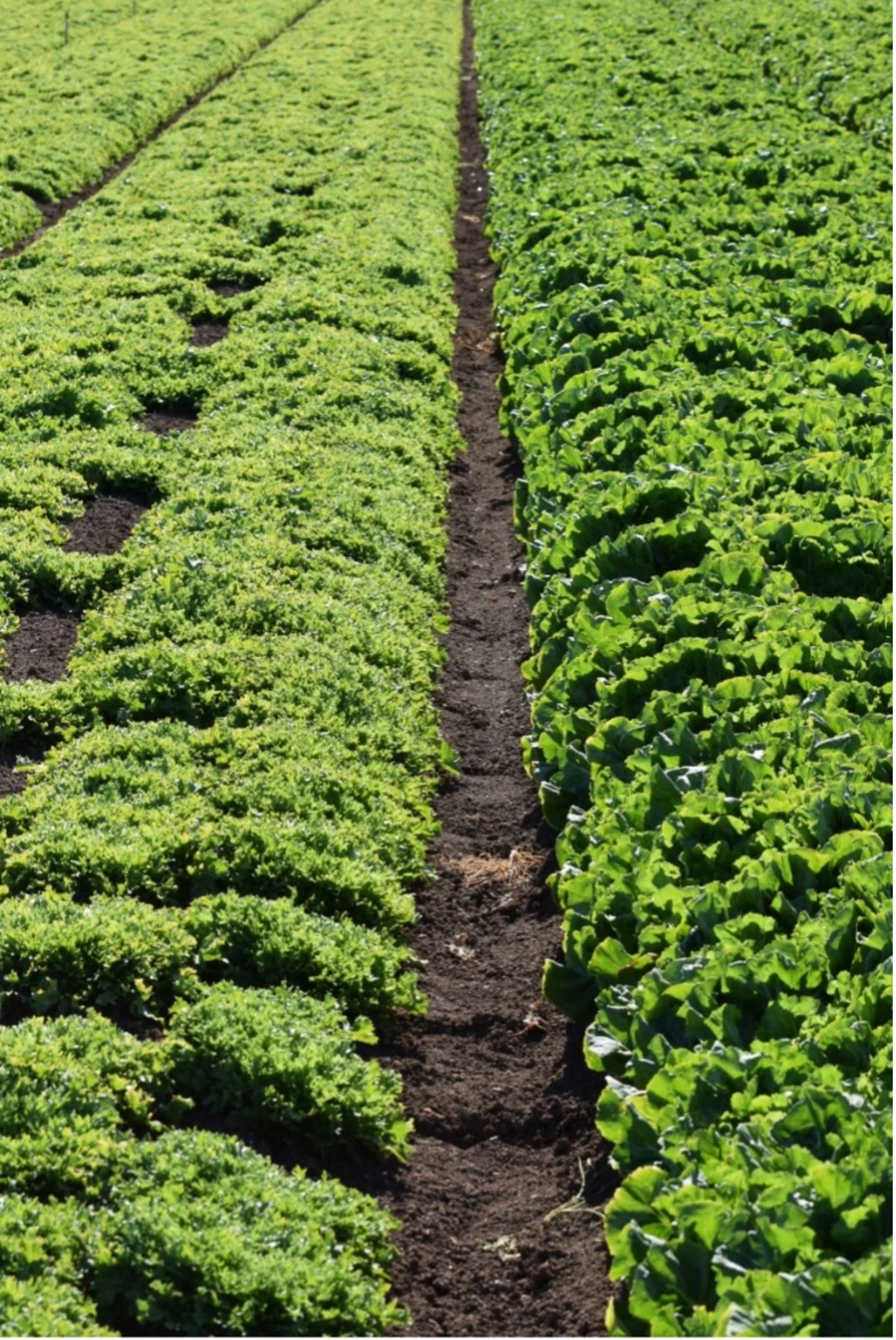
Figure 3-7-1
Endive and Escarole near Yuma
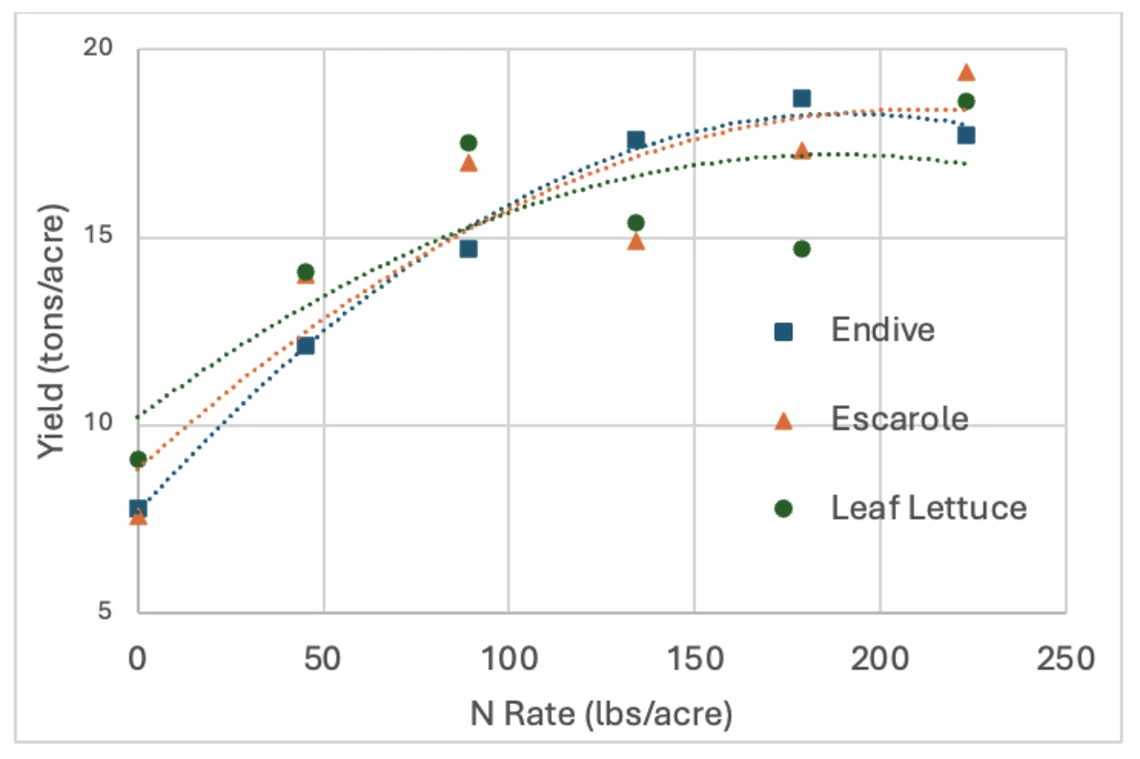
Figure 3-7-2
The yield response of endive and escarole to N fertilizers rates compared to leaf lettuce in a field near Yuma. These data are the means of three cropping seasons.
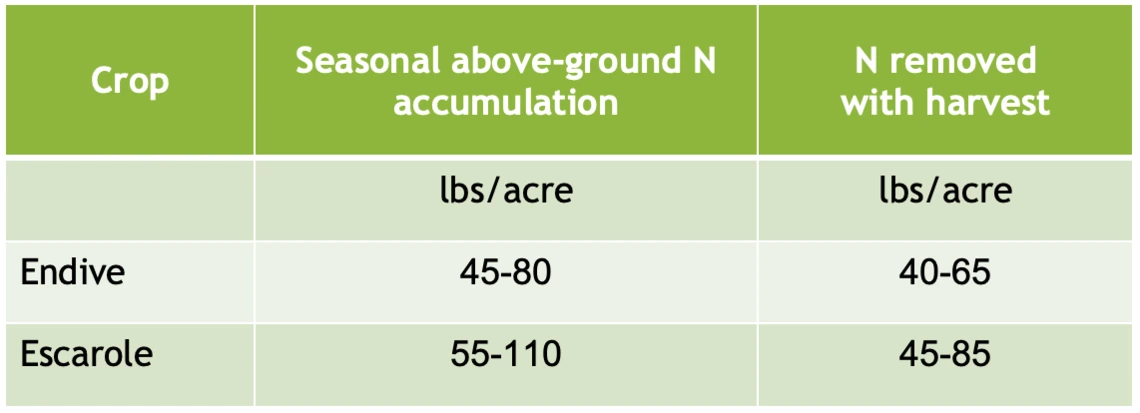
Table 3-7-1
Ranges of total accumulation of N in above-ground crop and N removal with harvest.
Data from (14).
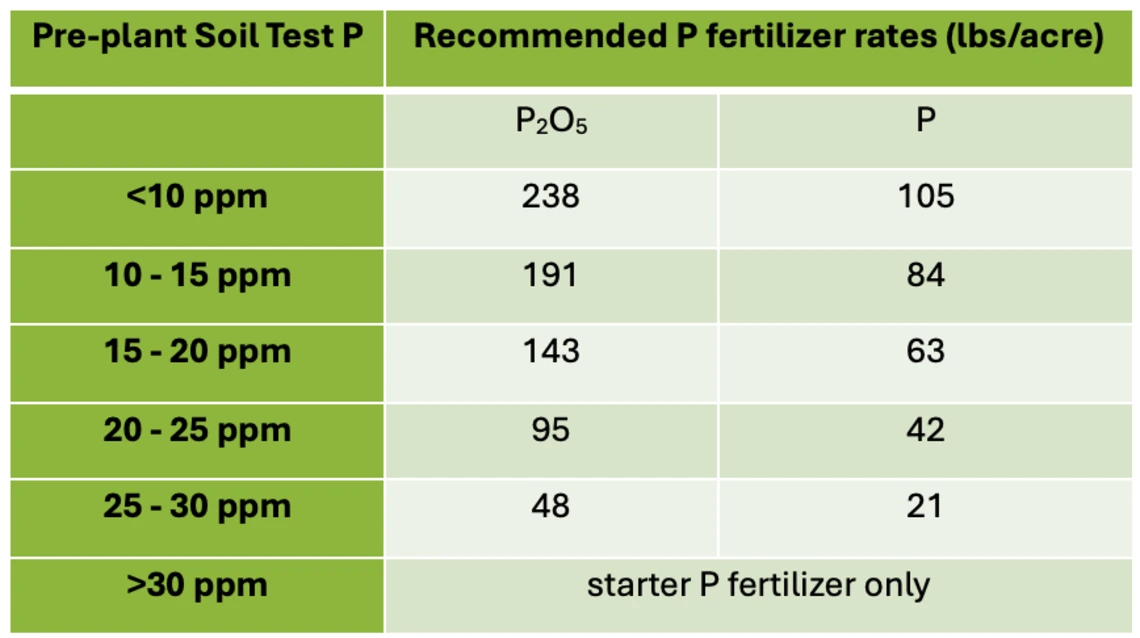
Table 3-7-2
Endive and Escarole P fertilizer guidelines by pre-plant Olsen P soil test.

